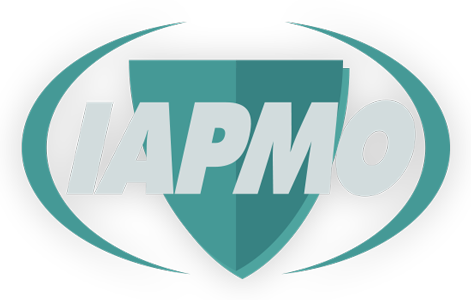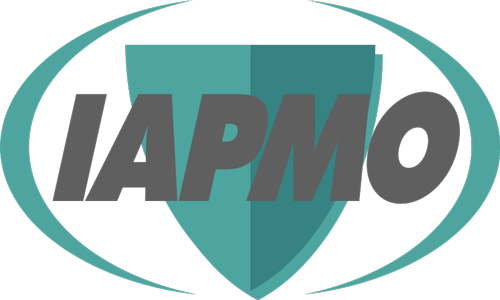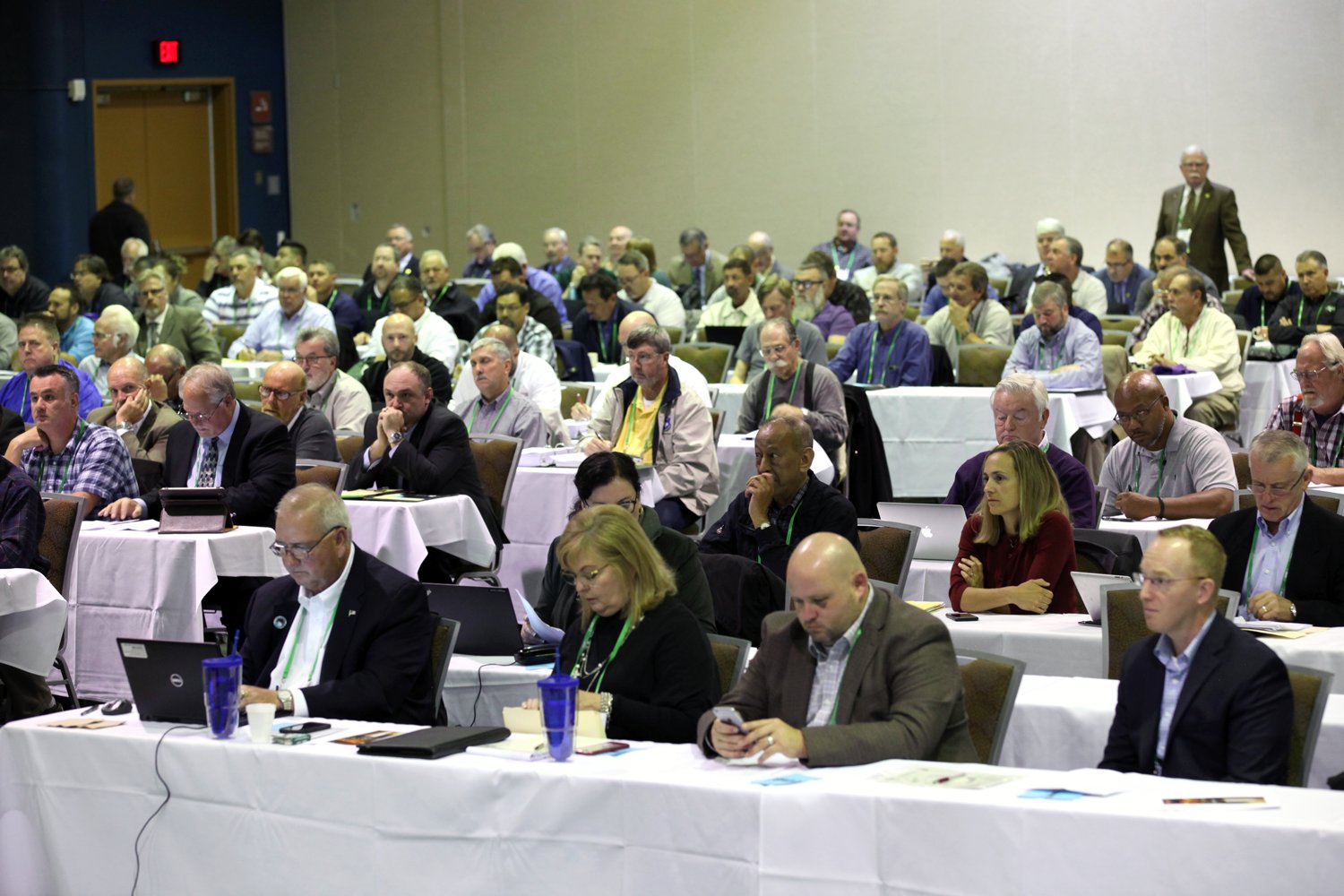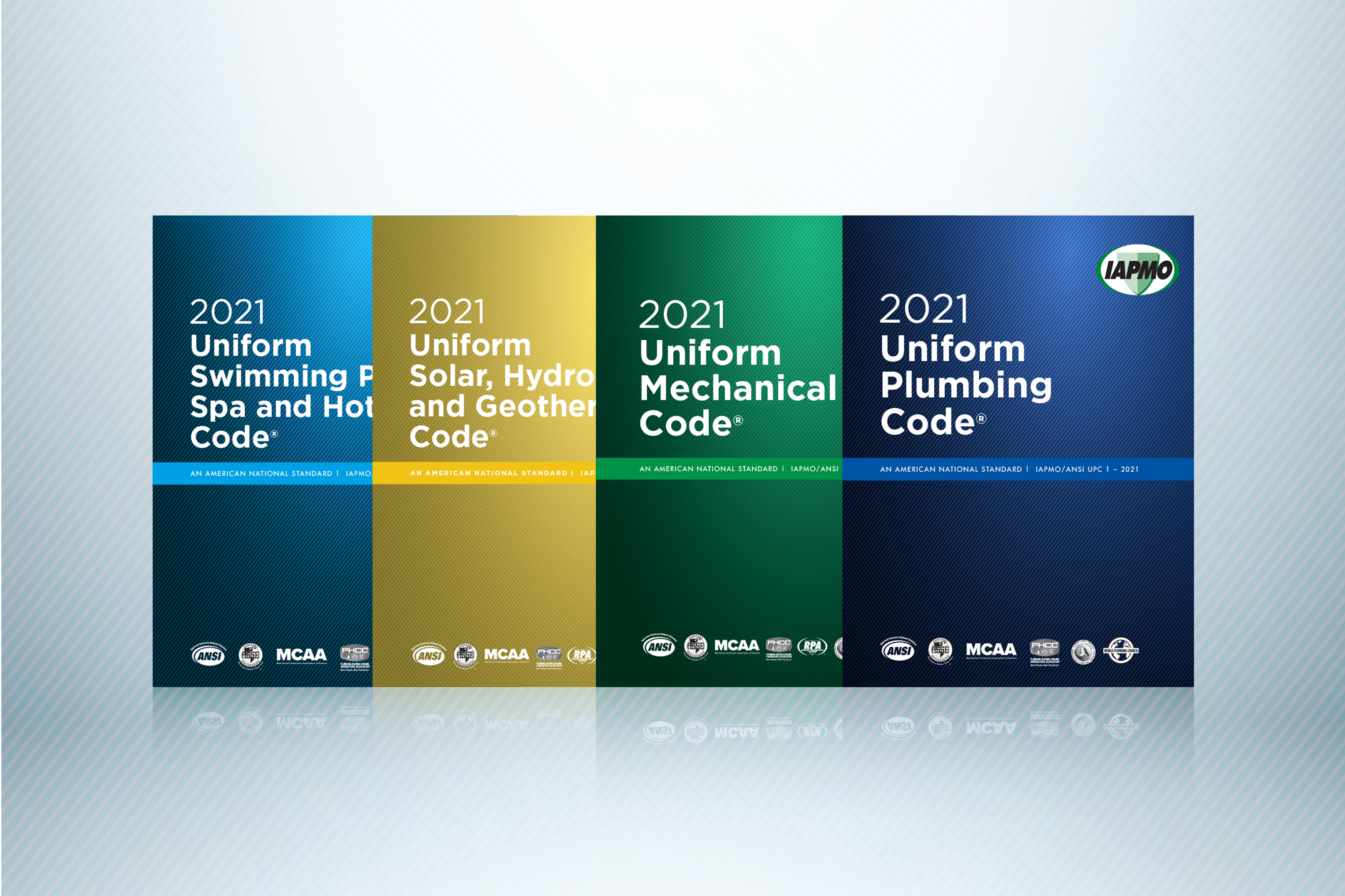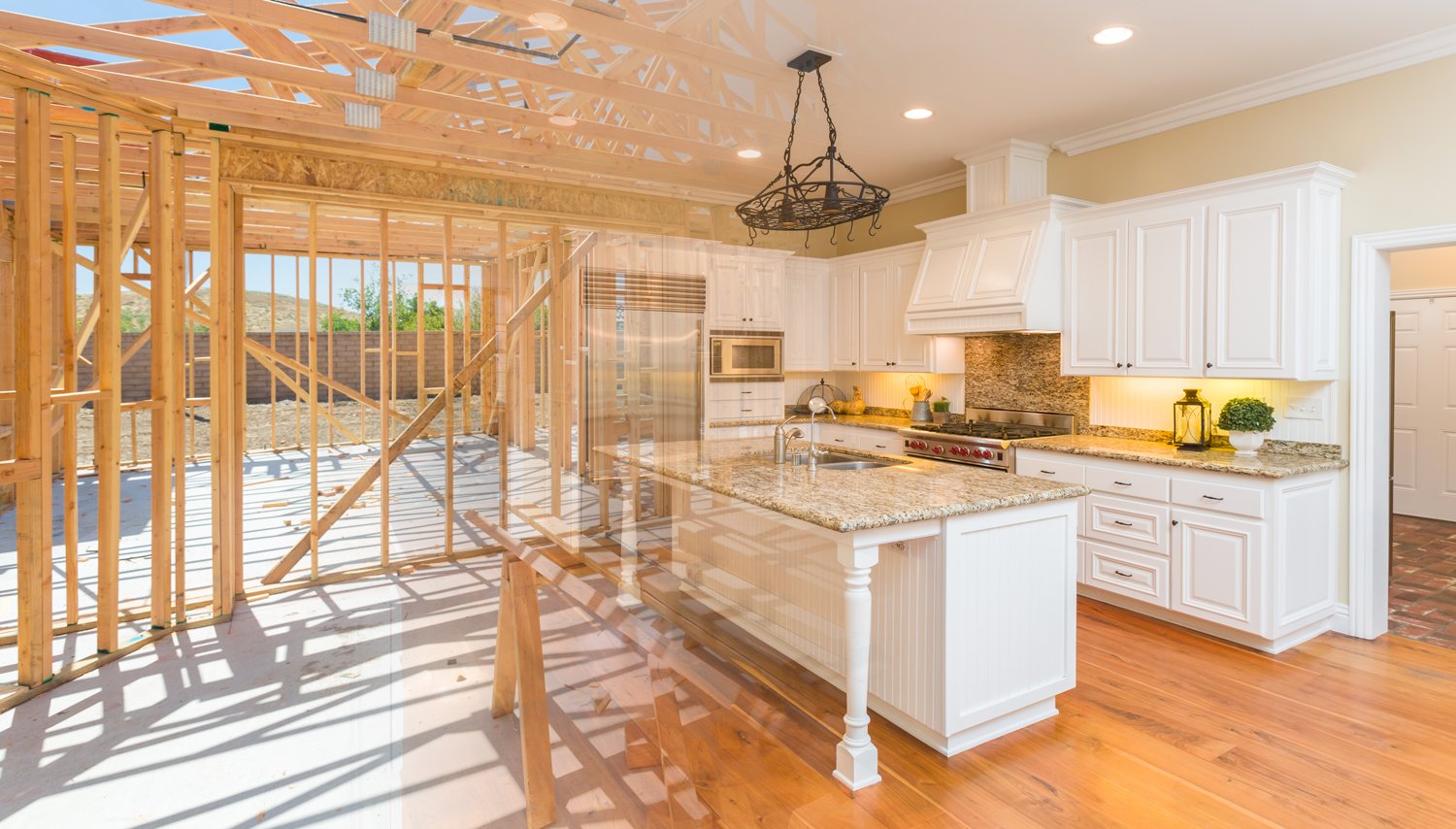Building or remodeling a house is no easy task. It’s not even one task. Homes are complex structures with systems impacting everything from the aesthetics to safety considerations — an often not-well-understood process.
There are multiple construction codes to follow when building your house, and it’s important to know all of them so you can stay within the law. Plumbing codes are especially important to understand for the most popular remodeling projects: kitchens and baths.
So keep reading for everything you need to know about construction and plumbing codes when you are building or remodeling your home.
What Are Construction Building Codes and Why Are They Important?
Building codes help ensure the safety of residential and commercial construction through specific requirements designed to increase the safety of the built environment.
These codes cover a wide range of topics including materials, structure height, the building’s location on the property, its relationship with the street, resiliency in hazardous conditions, security features, fire prevention systems, and building exit access.
While construction codes may seem like pointless bureaucratic regulations, there is an important and legitimate public interest for them. Beyond personal health and safety, building inspectors seek compliance with hazard resistance measures for natural disaster mitigation and faster recovery.
What Are the Different Types of Building Codes?
- Residential codes govern the construction of homes.
- Commercial buildings have their own specific code.
- Plumbing codes govern water and sanitation systems.
- Mechanical codes govern HVAC and water heating systems.
- Fire prevention codes govern safety systems for residential and commercial structures.
- Energy codes govern energy efficiency standards for homes and buildings
Are Building Codes Laws?
Building codes are laws enacted by state and local governments, and therefore subject to penalties if violated. If a building doesn’t meet local plumbing code requirements, then the building may be considered a nuisance and even condemned by the city or county building inspector.
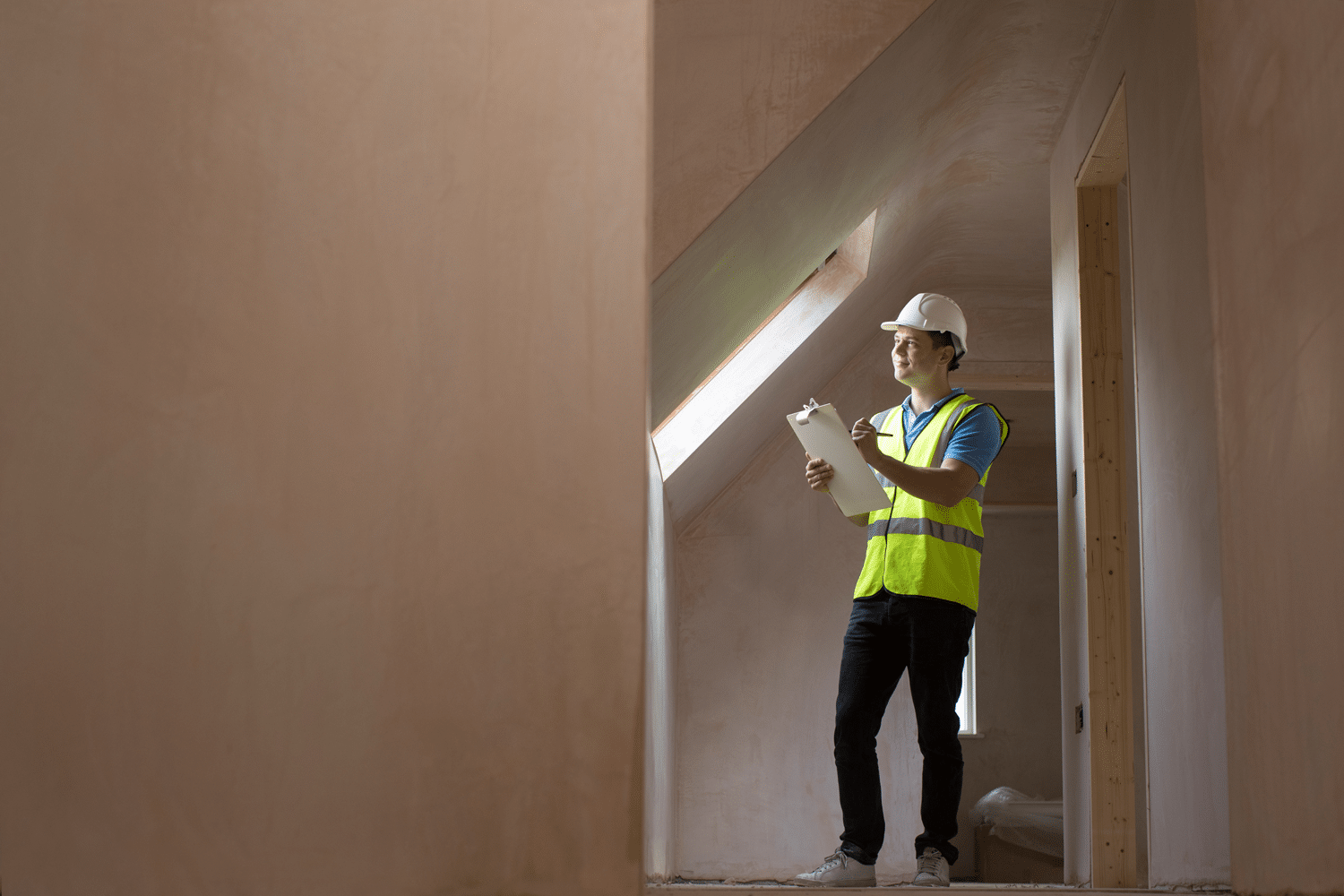
Who Enforces Building Codes?
The governing body that enforces building codes is called a code official or building official. These are either individuals or organizations known as an “authority having jurisdiction” or an “AHJ.”
Depending on the state and municipality, building inspectors may work for the building department, a local fire department, the county sheriff’s office, or a building division of the state fire marshal’s office.
Who Writes the Building Codes?
Municipalities often use model codes as a basis for local codes. Model codes are developed with input from industry experts.
Everyone involved in construction has a vested interest in building codes. That’s a positive in many ways, given the complexities and ever evolving nature of construction.
The most responsible model code organizations balance industry expertise with third-party oversight to guard against anti-competitive measures.
Two examples of responsible model code organizations are the International Association of Plumbing & Mechanical Officials ( IAPMO) and the National Fire Protection Association (NFPA). IAPMO develops the Uniform Plumbing Code (UPC) and the Uniform Mechanical Code (UMC), while the NFPA develops the National Electrical Code.
How Do All Those Codes Work Together?
While it may seem overwhelming to the construction novice, all these codes do work together, much like the many different systems in your home work together while operating independently. All model codes in the US from a variety of organizations correlate well together.
When Did Building Codes Start?
The first recorded building code is credited to King Hammurabi in Babylon in 1758 B.C. It held that if a dwelling collapsed and killed the resident, the builder would be put to death.
The US has never had penalties quite so severe, but US construction regulations emerged for exactly the same reason: to protect public health and safety. Major disasters like the Chicago Fire of 1871 drove the urgency to set minimum basic standards for buildings.
Indeed, major disasters today continue to drive the imperative for building standards, such as 2021’s Texas winter storm Uri or the catastrophic Surfside condominium collapse.
Enforcement evolved on a parallel path. IAPMO and NFPA were among the earliest organizations to develop model codes to promote harmony among home and building owners, builders, and plumbers.
What Is a Plumbing Code?
Now let’s look specifically at plumbing codes. Plumbing systems in North America are so advanced that most people never think about the fact that flushing the toilet actually saves your life. If nothing else, the lessons of Flint, Michigan, and other areas in the US where water has been tainted have taught us that substandard plumbing systems can cause unintended consequences for any community.
Plumbing systems keep us safe and plumbing codes keep plumbing systems safe. A good plumbing code will have real-world implications, rooted in scientific data with prescriptive standards to avoid marketplace confusion.
But unfortunately not all plumbing codes are designed with the consumers’ best interests in mind. In fact, some ultimately push the responsibility and long-term costs of maintaining and updating plumbing systems to the homeowner.
The Uniform Plumbing Code takes a building life-cycle approach that strives to balance the interests and responsibilities of all stakeholders. (Learn more about the differences between plumbing codes and how that can impact your property, here.)
More advanced plumbing codes also promote guidelines for water conservation and water reuse by addressing black water, grey water, rainwater, and storm water in buildings.
After public health and safety considerations have been addressed, an effective local plumbing code will help communities turn intention into actionable, realistic regulations that avoid undue regulatory burdens, while mitigating unintended consequences.
What Types of Home Remodeling Projects Require Inspection?
While it varies by jurisdiction, you can be pretty sure if any of these are part of your kitchen and bath remodel, it’s on your local building official’s “to-do list” for inspection:
- You’re making a structural change, such as adding or removing walls or structural beams.
- Your project requires plumbing to be moved inside the wall or through the floor.
- You are doing anything involving the sewer line.
- You are changing or moving a water heater. Failure to correctly vent a water heater can lead to carbon monoxide in the living spaces or catastrophic water leaks that can damage the home.
Are There Any Exemptions to Local Plumbing Codes, For Example, If You’re Doing A DIY Bathroom Projects?
DIY projects are not exempt from your local plumbing code. One of the benefits of working with a construction professional is their expertise in such codes and how your local government agencies work.
DIYers need to take on that research and responsibility to avoid costly and potentially dangerous mistakes.
What Are the Consequences of Violating Local Plumbing Codes?
As noted above, these can be steep. We’re not only talking about the health and safety of you and your family but the resiliency of your community. Fines and other penalties may apply at the local level. In the event of a disaster, your insurance company may deny claims if they find violations.
How Do You Find Out Which Codes Are for Your Specific Municipality Or County?
Construction codes vary by location, so it’s important to know what codes your specific municipality or county enforces.
There are several ways to go about finding local building codes for your area. If your municipality has a website, code details may be found in the building department section.
You can also search online for your municipality and “plumbing code.”
How Can You Ensure You Are Following All Applicable Plumbing and Mechanical Codes And Regulations?
For new construction or major remodels, anticipate that you will need building permit(s) at different stages of construction, such as the foundation and framing stage, electrical stage, plumbing stage and the final inspection.
To avoid inspection troubles, here are a few things you should keep in mind:
- Plan your project completely before going forward with building construction. If the scope of your project requires a permit from the local jurisdiction, make sure you list of all the products you’ll be using in your application. That way the building department can verify during the plan check phase that all of these have been approved by one of the product certification agencies as meeting applicable codes and standards.
- Most building departments have “Administration” as the first chapter in their building codes which describes the procedures for appealing their denial of a product.
- Ask your building department about code requirements for your project before hiring a contractor. If you’re building/renovating without a contractor, make sure you know what is required of you as the homeowner building/renovating your own home.
- Do not make any building changes without a building permit, since making building changes before receiving a permit can be a code violation.
- Hire a licensed plumbing contractor. While interviewing prospective plumbers, probe their knowledge of local mechanical and plumbing codes. Avoid working with any construction professional who claims they can circumvent local regulations.
Your contractor should obtain the necessary permits, making them responsible for meeting all building codes. If you obtain the permits, you are then responsible for ensuring code compliance for all work performed.
Everyone has the right to live in a safe home. As IAPMO has long advocated, safety belongs to everyone. Building codes help us achieve this goal. The best codes balance affordability in upfront construction costs with long-term resource efficiency, disaster resiliency, and maintenance considerations.
